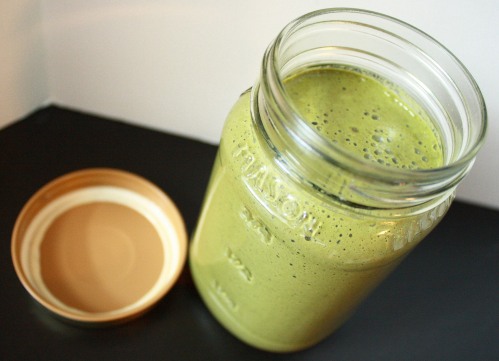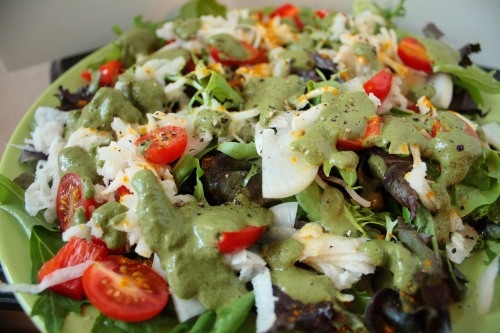If you’re reading this post, you’re probably already aware of just how toxic sugar is in the human body. But if you’re not yet convinced, let’s review some convincing reasons to eliminate sugar from our diets.

Disease. We know that sugar causes Type 2 Diabetes and drastically affects blood glucose levels. Sugar also causes inflammation in the body, which plays a main role in nearly all chronic conditions. It depletes the immune system and makes you the victim of every cold and flu going around. And because your immune system is down, your allergies are likely to be worse. (I’m not talking about a fatal allergy to peanuts, but more like seasonal allergies.)
Daily Life. The alarm goes off. You’re tired. You have coffee, maybe breakfast if you’re lucky. An hour or so goes by, and you’re tired. You eat lunch. You’re tired, and still hungry. Tiredness and hunger are almost always a result of drops in blood sugar. Provided we got adequate sleep the night before, we should not be tired all day long. This only happens when our bodies are not running on appropriate fuel. Sugar, and foods that act like sugar in the body, constantly send our blood sugar plummeting leaving us starving and exhausted. Imagine a weekday where you’re alert, satiated, and a nap doesn’t even sound that appealing. It is possible! And what about stomach upsets? Bloating and gas are just a few of the stomach symptoms that are affected by sugar. Our digestive system is filled with bacteria, both “good” and “bad” organisms, that keep things running properly. When the “bad” bacteria takes control, it causes digestive distress. It should come as no surprise at this point that bad bacteria feed on sugar. Sugar and refined carbohydrates are a sure way to sustain these harmful organisms and make your digestive system weak and vulnerable.
The Addiction. Sugar is addictive. It sends our brains and bodies the same signals as heroin, cocaine, and nicotine. The more we have, the more our body craves it, and the more we feel that we can’t get by without it. Luckily, addictions can be broken. It’s not easy, but a sugar addiction can be beat much quicker than one to nicotine, and the rewards are endless.
A few more thoughts before we start. Don’t cry over over the fact that you’ll never be able to have your mom’s Christmas cookies again. Don’t mourn the loss of your favorite blueberry muffin from that cute bakery. Once you break the addiction, you can treat yourself now and then. That means once a week or every other week, you can have one poisonous item that you love. You’ll probably feel terrible afterwards, and it will be a sweet reminder of how nice it is to live without sugar.
Define “sugar.” Sugar is a carbohydrate, arguably the worst kind. All carbohydrates behave similarly in the body; they’re burned quickly and cause a blood sugar drop. How fast and severe the drop is depends on the kind of carbohydrate. Pure sugar is the worst offender. Refined carbs, like white bread (or any bread with white flour), pasta, and white rice, are the next worst. I would also put fruit in this category. While fruit is healthy, it is still sugar, and it is counterproductive to be consuming any of the addictive substance when you’re trying to break the addiction. Lastly, complex carbohydrates like whole grains and sweet potatoes spike your blood sugar the least. However, these are still carbohydrates and still spike your blood sugar. They should be kept in moderation. I am an advocate for a low carb diet overall for this reason, but I understand that everyone is coming from a different place on the journey to health. If sugar and refined carbs (which behave like sugar in the body) are all you can manage to eliminate, start there.
Week One: Withdrawal.
Your first week will be difficult. If you’re lucky (and not too addicted), the difficulty will end after that. You will experience withdrawal in the form of intense cravings. Don’t worry. It’s normal, and when it passes, the energy and vitality you will feel is priceless. The most important thing is to stick to your guns. Remind yourself that it is only one week until the cravings stop and you can survive one week.
Things to Avoid:
– Anything that is obviously sugary. Candy, desserts, soda, pastries. These ones should be no-brainers. Also alcohol, which is pure sugar in the body. This means all beer, wine, and liquor.
– Highly Refined carbs. These foods behave like sugar in the body. Pasta, bread that contains any white flour, white rice, bagels, pretzels, crackers, most cereals, etc. It’s easier to just avoid processed foods, but if you’re eating something with an ingredient list, avoid any kind of “wheat flour.” If it doesn’t have the word “whole” in front of it, it’s refined white flour.
– “Health” food. Most things we consider “healthy” are laden with sugar. Fruit, while healthy in theory, is best avoided for the first week. You can have 1 serving a day of berries (which are low in sugar) if you’d like. Fruit juices and juice drinks are full of sugar; the fact that the sugar is natural is irrelevant. Granola bars and dried fruit are full of sugar. If you’re eating something with a label, aim for less than 5 grams of sugar. Natural sweeteners are out for now, too—that means honey, agave, brown rice syrup, maple syrup, etc.
It seems like nothing is left, right? Here are some ideas to get you thinking about what to eat without sugar in the picture. Focus on protein and fat to keep you from feeling ravenous and deprived.
Breakfast:
Skip cereal, toast, bagels, and pastries, and avoid sweetened yogurt (which is nearly all yogurt). Instead try: eggs, plain unsweetened greek yogurt with stevia (more on stevia in a bit), a piece of sprouted grain toast (I recommend Ezekiel bread, available in the refrigerated section at health food stores and many grocery stores) with almond butter or peanut butter. Or skip “breakfast” foods altogether and eat lunch foods for breakfast.
Lunch:
Avoid sandwiches on white bread. Look for 100% whole wheat, or even better, try sprouted Ezekiel bread. Salads (avoid sugary dressings), nuts, meat, avocado, fresh veggies, high-quality cheese.
Dinner:
Swap out white pasta for 100% whole wheat pasta or an alternative pasta like soba noodles (made from buckwheat) or brown rice pasta. Instead of white rice have brown rice or try a grain like quinoa. Be sure to include fat and protein (and plenty of veggies while you’re at it).
If you are desperate for sweetness, try stevia, a natural sweetener containing no sugar. It also has no effect on blood sugar and no known side effects. Steer clear of aspartame and sucralose (Splenda) which are poisonous and only increase cravings. Stevia is available at health food stores as a powder or a liquid. It works great in coffee, tea, yogurt, and pretty much anything else.
Need Relief? There are some things that can help you when you’re really desperate for something sweet.
– A cup of herbal, black, or green tea sweetened with stevia
– Dark chocolate, over 80%, a small piece
– Nut butters like almond butter, cashew butter, and sunbutter (made from sunflower seeds)
– A small serving of berries with cinnamon
– Plain, unsweetened greek yogurt with stevia, cinnamon, and berries
Be realistic. I am passionate about healthy eating and nutrition, so it’s hard for me to advocate certain foods. My recommendations may seem drastic depending on what your lifestyle is like. If you don’t consider yourself to be much of a health nut, remember that your main concern is cutting out sugar. If you make eliminating sugar/refined carbs your priority, you will be successful in beating the addiction. I wouldn’t encourage a diet of deli ham and string cheese, but it will theoretically be cutting out the sugar. You decide what you think you can handle.
Give it a week, then assess. I think most addictions can be beat in about a week’s time. You’ll know when you’ve done it because the cravings and lethargy will stop. If you suddenly feel great after about a week’s time, you can choose to slowly reintroduce some carbs depending on how much you’ve cut back. However, you might find that you feel so great with your new diet that you don’t want to add them back… and that’s the goal! If you are still having cravings and feeling awful after a week, unfortunately that means you’ll have to keep at it a bit longer. But it will end, I promise.
Disclaimer: As I mentioned, I am in favor of a low carb diet overall. I don’t like to condone the consumption of wheat (as well as many other grains) as it is highly inflammatory and irritating to most people’s digestive system. However, I suggest the whole wheat products in this post to encourage those who are not ready to give up bread to at least avoid white flour. This post is about giving up sugar and I wanted to keep the focus on that. If you are successful, there are many ways to go deeper and reach superior health, and I’m always here to answer your questions.
Sweetly,
Emily









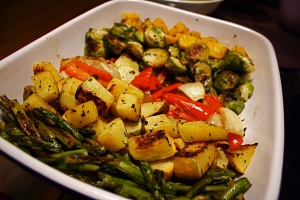





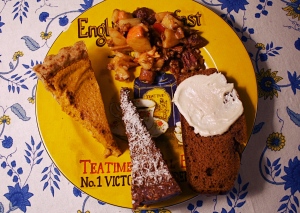

 Chop gala apples and coat in a mixture of lemon juice, coconut oil, agave, maple flavoring, cinnamon, and almond milk or water. Let soften in dehydrator at 110 degrees for a few hours, or serve apples raw. The crisp topping is adapted from Ani’s Raw Food Kitchen by Ani Phyo. In a food processor, lightly process 3/4 cup pecans, 1/8 tsp salt, and 1/2 tsp cinnamon. Add 1/2 cup chopped dates, 1 tsp vanilla extract, and 2 TBS coconut oil and process. Add topping to apples.
Chop gala apples and coat in a mixture of lemon juice, coconut oil, agave, maple flavoring, cinnamon, and almond milk or water. Let soften in dehydrator at 110 degrees for a few hours, or serve apples raw. The crisp topping is adapted from Ani’s Raw Food Kitchen by Ani Phyo. In a food processor, lightly process 3/4 cup pecans, 1/8 tsp salt, and 1/2 tsp cinnamon. Add 1/2 cup chopped dates, 1 tsp vanilla extract, and 2 TBS coconut oil and process. Add topping to apples.


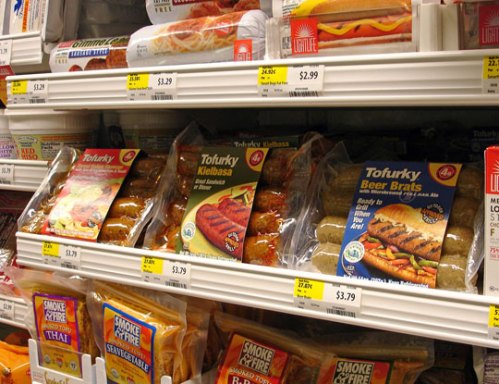
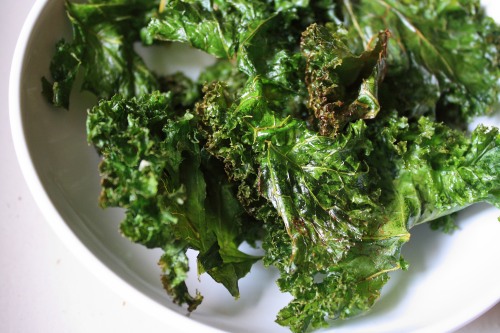
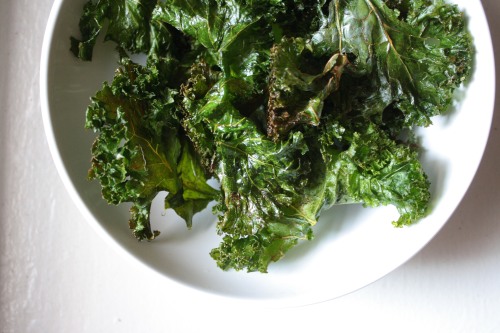
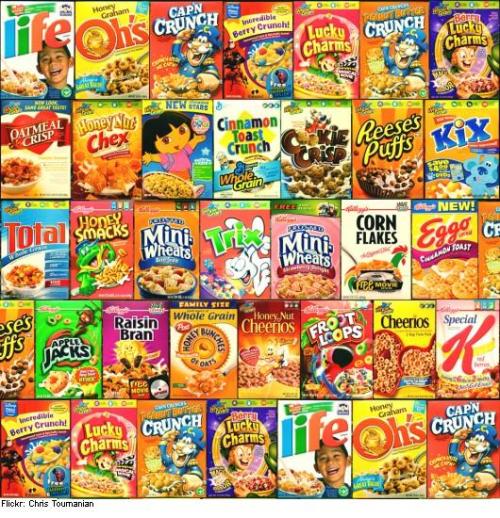

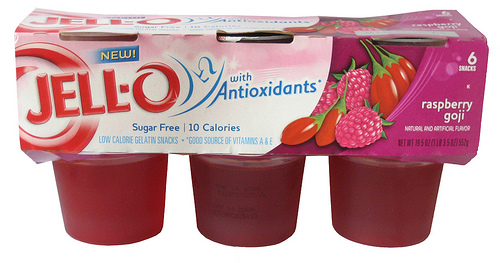

 Fresh cilantro, basil, and home-dried dill.
Fresh cilantro, basil, and home-dried dill.
